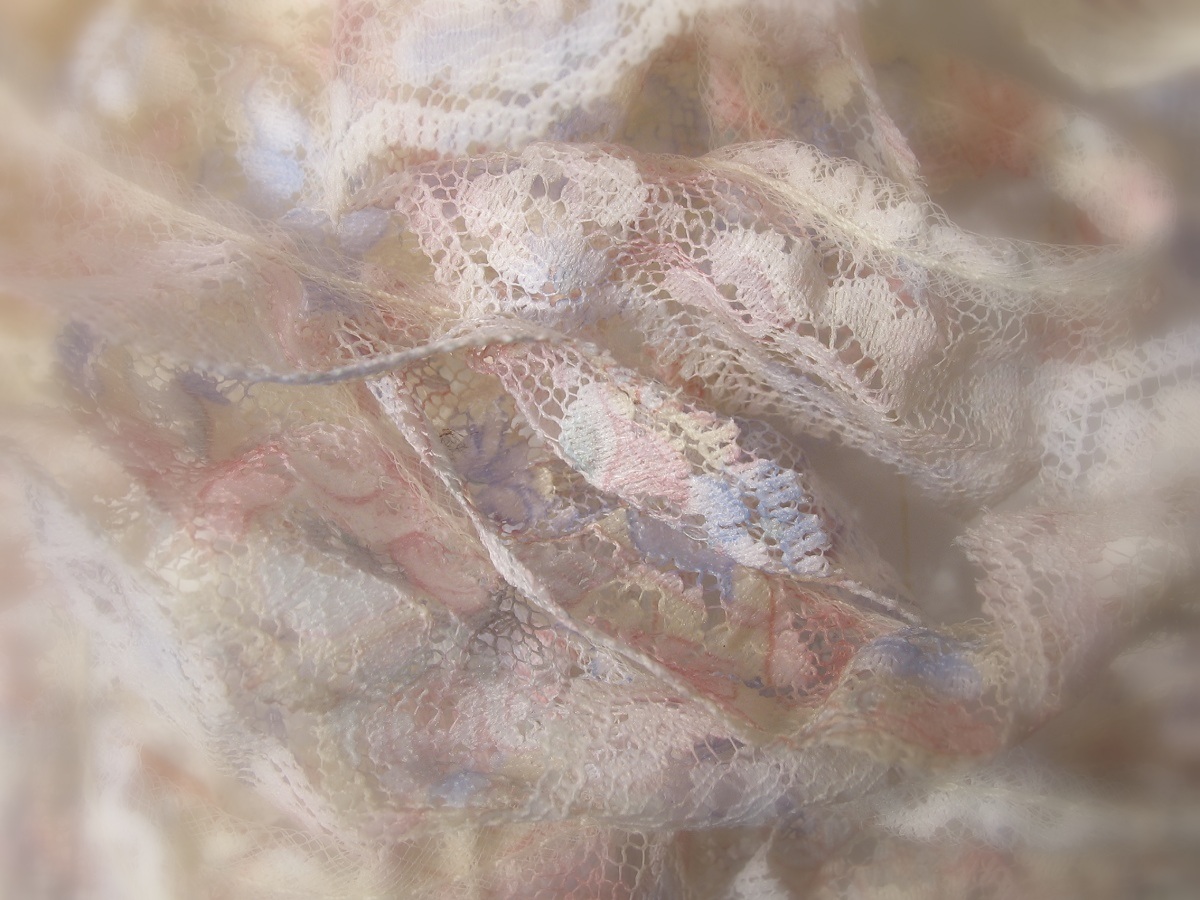I love lace. It is both seductive and innocent, revealing and concealing, fragile yet enduring. And when looking over wedding gowns, lace is everywhere. So why is there so much lace when it comes to wedding dresses when we see so little of it in our day-to-day modern lives? And where did it all start?
Where did lace come from?
Primitive lace, sometimes more accurately called elaborate mesh, can be found in cultures that developed netting for fishing and have been used on garments since about 4000 B.C. Lace as we think of it really came into its own during the Renaissance, when just a couple of inches could take months to make by hand. In high society, lace on the bridal dress was a display of wealth and prestige.
*Old World Superstition: Lace was rolled down the aisle for the bride to walk on after all the guests were seated for the practical reason of keeping her dress pristine, but there were some who believed that the lace’s netting protected the bride from evil spirits that might try to come up through the floorboards to curse her.
Handmade lace held a special place in high society even after manufacturing made it widely available. There are museums in Belgium, a hub of lace production, as well as in Ireland, France, and Finland. Families such as the Vanderbilts and Rothchilds went out of their way to collect rare and elaborate pieces to wear and keep safe.
What is the meaning of lace?
Prestige is the primary answer. A dress with elaborate lace is not only beautiful, but also elevated by the prestige of the privileged who are able wear it, and the public that covets it. Queen Victoria had lace handmade for her wedding dress. This took months of labor. She then had the pattern destroyed so that it could never be duplicated. Fast forward to more modern times, when Elizabeth Taylor wore a lace wedding dress, she set a trend that had manufacturers racing to reproduce. Today, Kate Middleton’s dress with its elegant long sleeves brought traditional lace back to the forefront of popular trends. Her gown reinvigorated the trend for more classic designs.
A secondary meaning of white lace is purity, although that was largely a 20th century obsession that has lost its placement in modern times. White lace has also gotten a reputation for symbolizing new beginnings and rebirth as well.
Some patterns can celebrate a lineage or a family’s heritage if the pattern is one recognized as coming from a particular region. Heirloom lace can still be purchased. Also, there are people who are able to knit heirloom lace and who are keeping the craft of handmade lace alive.
What are today’s trends in bridal lace?
It might be easier to talk about what isn’t trending when it comes to bridal lace, rather than talk about a specific trend. Lace can be of any color. It can be peach or it can be gold or it can be black. The lace can be all over and bold in patterns with appliques. It can be nearly transparent, or it can be nearly opaque. Some designers are even using the eyelash, the piece at the edge that lace manufacturers cut off, to trim gowns. Anything goes.
*Sentimental Use of Old Lace: In some cases, or maybe even a lot of cases, women don’t want to wear their mother’s or grandmother’s gown, however, they are able to take some of the lace to wrap the bouquets. I love this idea.
So as I said, lace can appear fragile, but the use of lace in wedding gowns is enduring. There is no limit to the way it can be reimagined or reinvented. I think most brides are looking for something that is not a trend but rather more unique. And with the renewed interest in handmade lace, maybe there will be enough artisans around to provide some with the most unique of all lace, the kind handcrafted by an artist.
May your marriage be as enduring as the traditions you chose to continue.


